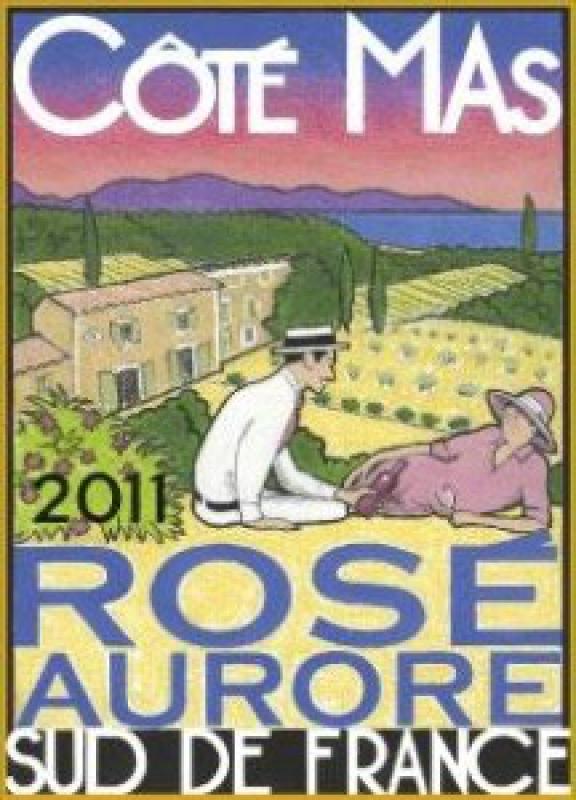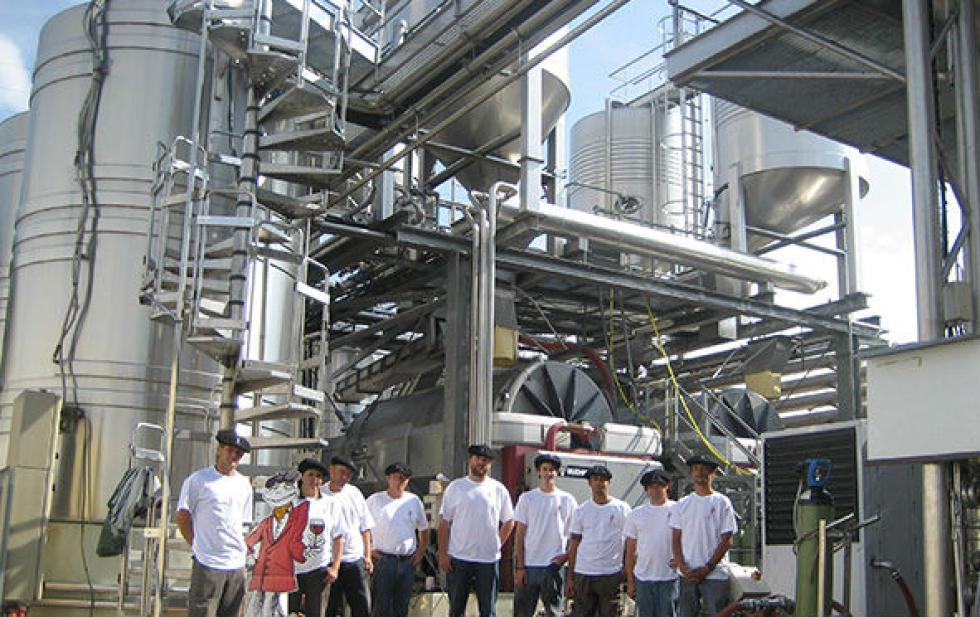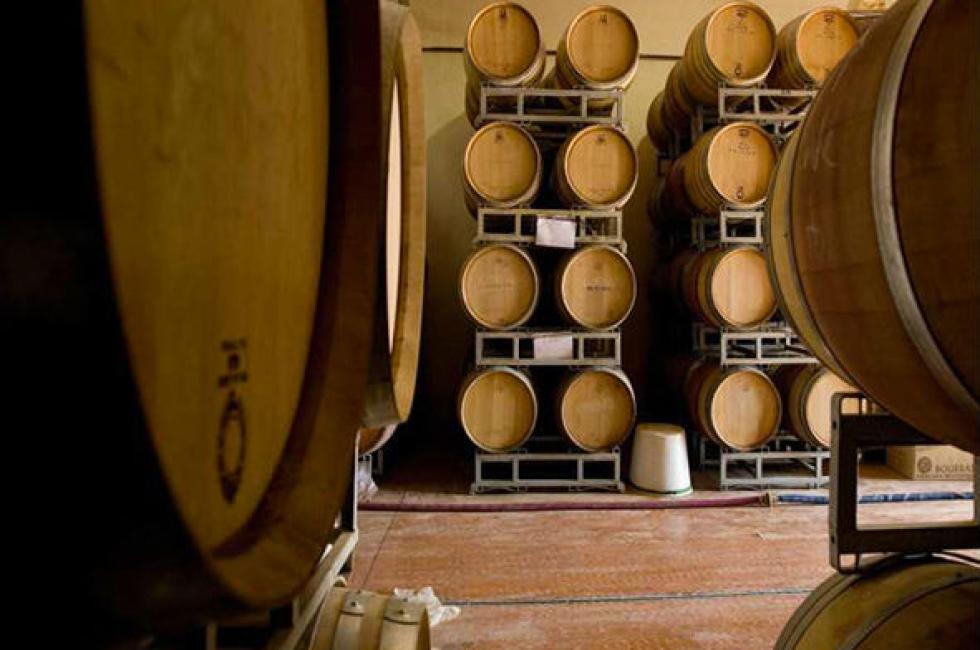One of my favorite wines for a warm summer evening is a crisp, dry rose.
Rose is a happy bridge wine between the reds of winter and the brighter whites of summer. It’s excellent with a light meal, such as a salad with grilled shrimp or chicken, or just sipping with appetizers al fresco.
In recent weeks, there have been a number of new roses from across the wine world on the shelves of area wine stores, and so far, the ones I’ve tried in the $10 range have been distinctive and very good.
In fact, there are so many on the market that I intend to keep trying them all summer until I settle on one to finish out the season.
So far, one of the best I’ve found is Cote Mas Sud de France Rose Aurore, produced by Domaines Paul Mas in its Everyday Luxury line.
Paul Mas is in its fourth generation as a leading winemaker in the Languedoc region of southern France. In 2000, Jean-Claude Mas assumed the leadership of the winery named for his father. His mission has been to use premium quality grapes to produce superior wines at reasonable prices. None of the Paul Mas wines sells for more than $25 in the United States, the company’s website says.
Since he took over, Jean-Claude has grown the family winery from 86 acres to more than 1,000 acres, and he now contracts with 80 growers who collectively farm almost 2,000 acres, making Paul Mas one of the most influential wineries in the Languedoc region.
Languedoc — the name comes from the native Occitan language — is an arid, windy area that runs along the Mediterranean coast from the Pyrenees mountains to Provence. It is one of France’s oldest wine regions, with most historians agreeing that the first vines were planted in 125 B.C. on the hills outside the Roman colony of Narbo, according to Jancis Robinson in the Oxford Companion to Wine.
The region’s reputation for fine wines suffered in the last half of the 20th century, when Languedoc became known as one of France’s largest producers of bulk wine. Although Languedoc is still the leading producer of the country’s table wines, it has in recent years also become known for its premium wines thanks to the efforts of a new generation of winemakers such as Jean-Claude Mas, who have taken over the businesses, brought in new technology and innovative methods.
Don’t be put off by the Cote Mas rose label. It’s bright and fun — okay, a bit garish — set against the pale salmon color of the wine, but it gets your attention and evokes the feel of a summer evening in the south of France overlooking the Mediterranean.
The wine is a blend of three red grapes that like to grow in warm climates — 50 percent grenache, 30 percent cinsault, and 20 percent syrah.
Grenache is one of the most widely planted grapes in the world, and is used to make some of the world’s best wines, including Chateauneuf-du-Pape.
Cinsault is grown in warmer climates all over the world. It is a popular grape for rose and is used to soften a blend and smooth out the sharper points of other grapes. Syrah, known in Australia as shiraz, is used in some of France’s finest Rhone Valley region wines.
The grapes are vinified separately and then blended. The juice is lightly pressed and allowed only brief contact with the skins to maintain the light color. The wine is fermented for three weeks in stainless steel tanks and aged in cement vats for 40 days to preserve the fruit flavors. The alcohol content is on the lighter side at 12.5 percent.
Cote Mas rose has a rich taste and aromas of cherries and strawberries, the winemaker’s notes say.
I found it to be smoothly complex from beginning to the finish with enough flavor to stand up to such dishes as grilled meats. However, I mostly liked it on its own.
Cote Mas is an excellent summer wine, and it is widely available.•
Suggestions for wines in the $10 range are always appreciated. Warren Johnston can be reached at warren.nelson.johnston@gmail.com






